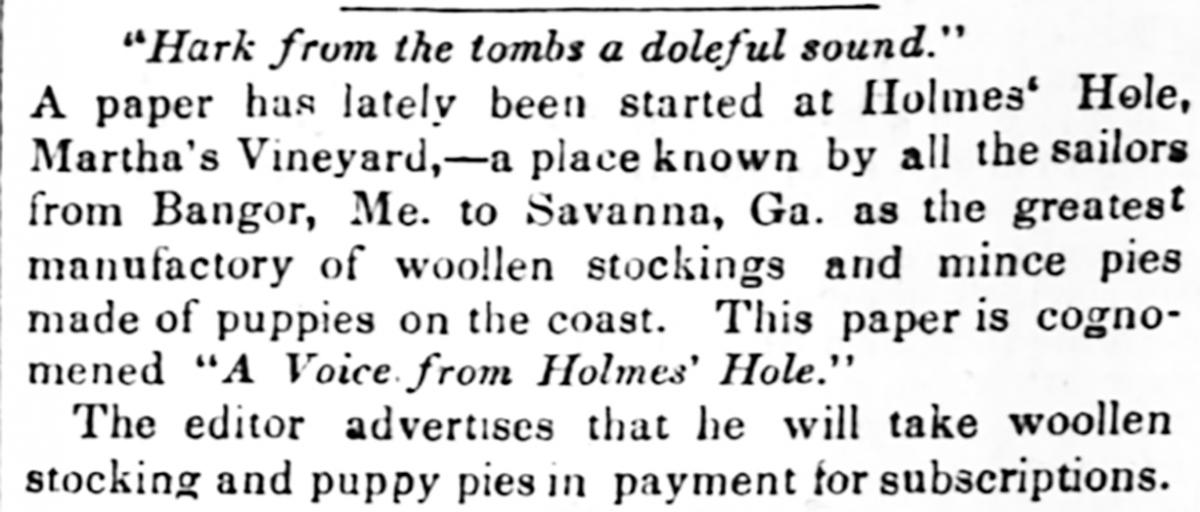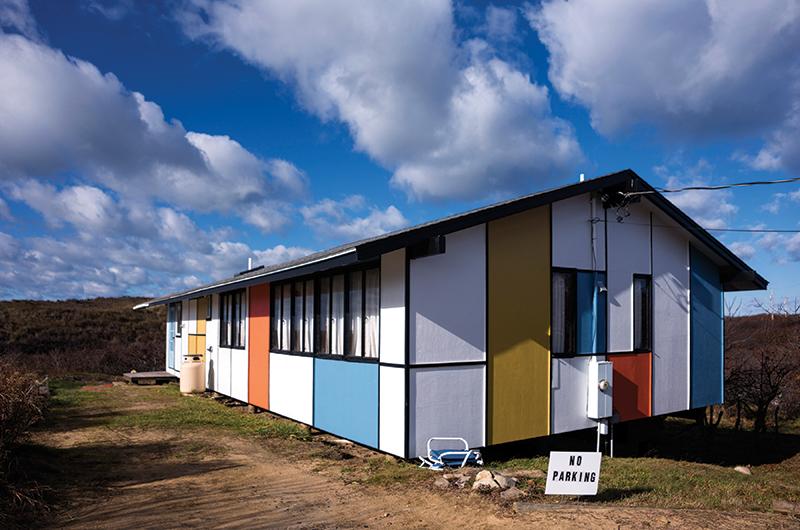
Painted House, the: Surfer’s nickname for the break off Moshup’s Trail in Aquinnah that is found by entering semi-illegally at, naturally, a brightly painted home known to more sophisticated shredders as the Mondrian House.
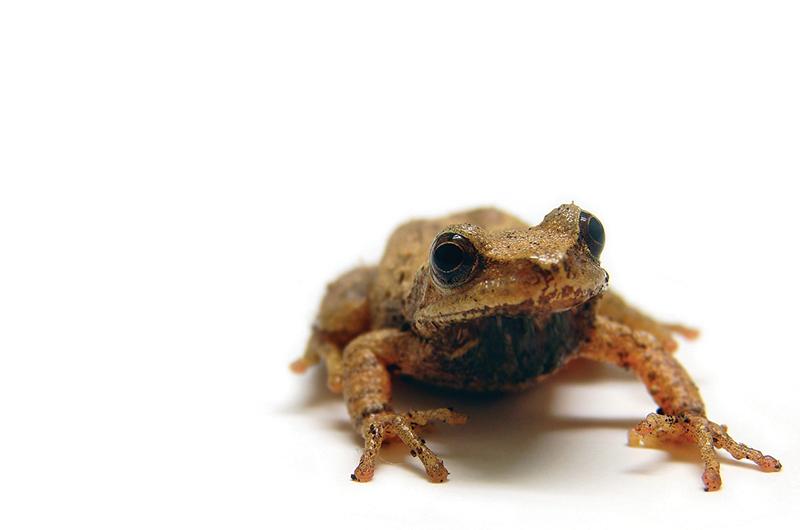
Pinkletink: Vineyard vernacular for tiny frogs known to herpetologists as Pseudacris crucifer and to the rest of America as spring peepers. When males defrost from their long winter slumber and begin singing to entice the females out of the mud to join them, Islanders know that spring has indeed sprung. No more than an inch and a quarter in length, with a cross on their back – hence the crucifer – they can be found near bogs and ponds around the Island. These are incidentally also good places to find beetlebungs, which is Vineyard vernacular for the trees known to most of the rest of the English-speaking world as tupelos or black gums. A pinkletink in a beetlebung, therefore, is an Island twofer. As for the origin of the word, a 1908 article in the Vineyard Gazette stated only that “the name pinkletink is traditional; it runs far back into the early Vineyard past.”
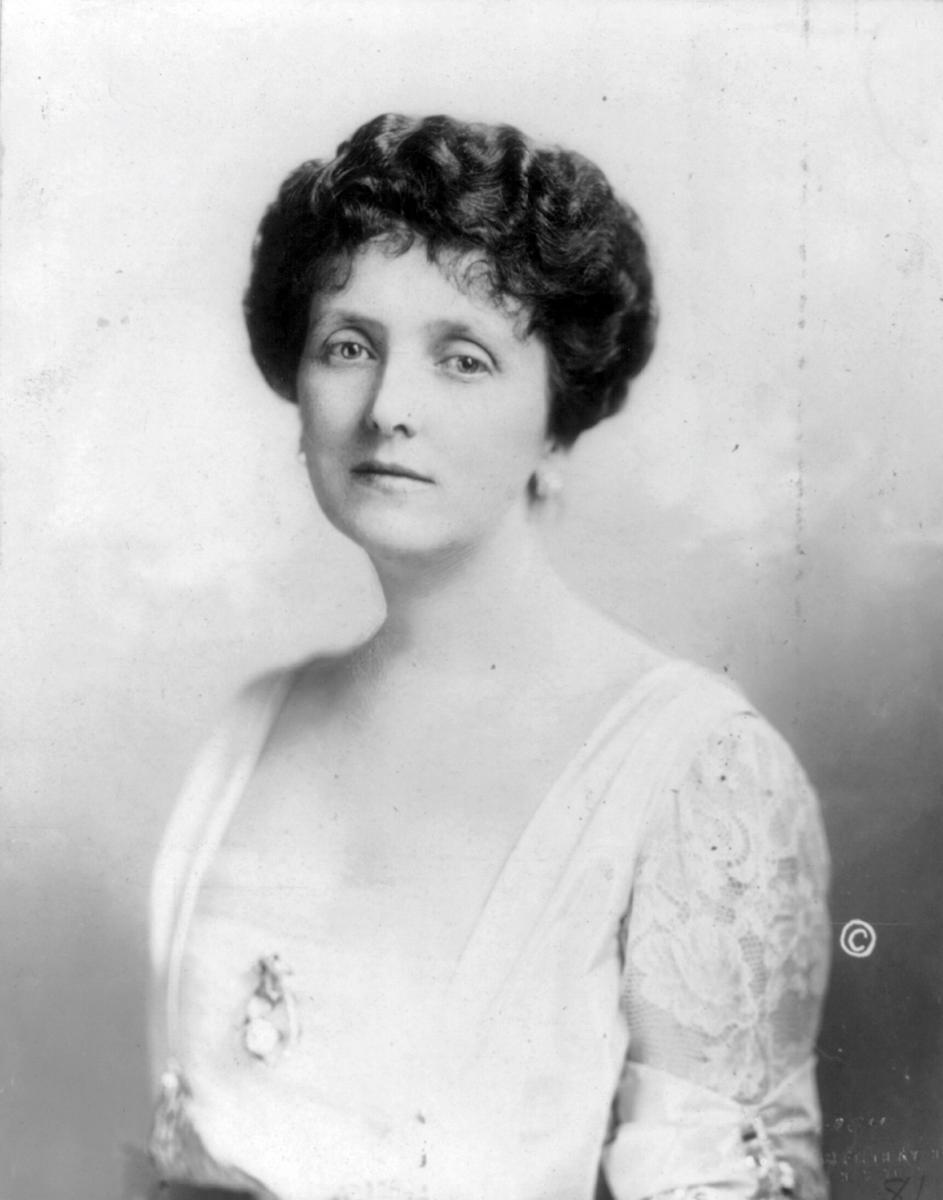 Post, Emily: 1872–1960. Nationally syndicated columnist, author, and radio host famous for her instruction on etiquette who summered on Fuller Street in Edgartown from 1927 until her death. It is “the haven of delectable tranquility that all my life I have been searching for,” she told Vogue in 1933. “It is here I write my daily newspaper syndicated articles during the summer months and store up enough vitality to carry me through a strenuous winter of writing and broadcasting in far-away New York.” An avid gardener, she catalogued her impressive beds in logbooks and diagrams, and particularly enjoyed hollyhocks, foxgloves, lupines, gladioluses, and dahlias in shades of pink, yellow, blue, and white. As befitting an etiquette expert, she was on constant watch against threats of disorder. “I am drawn to a window – and there is a red flower standing out like a gash! Then out I go and pull it up,” she wrote. Of gifts from neighbors: “To have a devoted neighbor rob her own garden to give you plants that shriek at your own plants and devastate your scheme of decoration is about as unhappy a garden situation as can be found.”
Post, Emily: 1872–1960. Nationally syndicated columnist, author, and radio host famous for her instruction on etiquette who summered on Fuller Street in Edgartown from 1927 until her death. It is “the haven of delectable tranquility that all my life I have been searching for,” she told Vogue in 1933. “It is here I write my daily newspaper syndicated articles during the summer months and store up enough vitality to carry me through a strenuous winter of writing and broadcasting in far-away New York.” An avid gardener, she catalogued her impressive beds in logbooks and diagrams, and particularly enjoyed hollyhocks, foxgloves, lupines, gladioluses, and dahlias in shades of pink, yellow, blue, and white. As befitting an etiquette expert, she was on constant watch against threats of disorder. “I am drawn to a window – and there is a red flower standing out like a gash! Then out I go and pull it up,” she wrote. Of gifts from neighbors: “To have a devoted neighbor rob her own garden to give you plants that shriek at your own plants and devastate your scheme of decoration is about as unhappy a garden situation as can be found.”
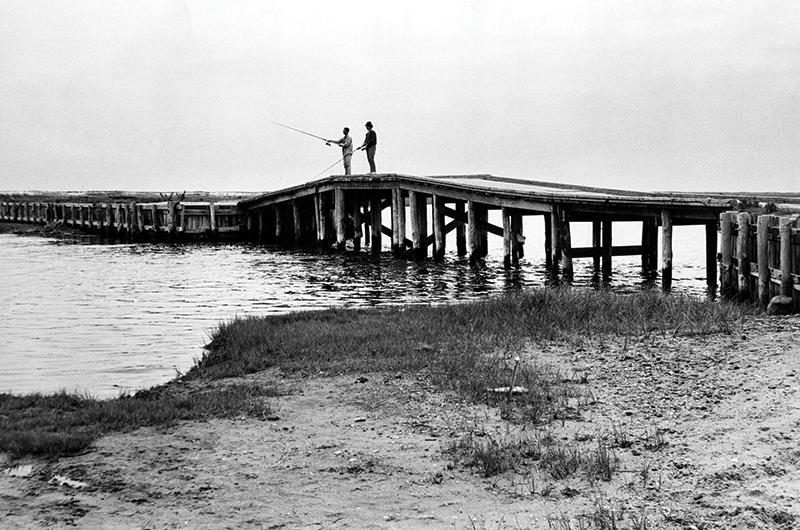
Poucha Pond: Body of water on Chappaquiddick best known as the scene of the fatal 1969 car accident involving then-Senator Ted Kennedy and Mary Jo Kopechne. Located in the southeastern corner of Chappaquiddick, the 210-acre pond was historically fresh water, sealed off from the sea by a dyke, hence the name dyke bridge. In 1950 the town of Edgartown replaced the dyke with a bridge and opened the pond to the sea in a failed effort to establish bay scallops. Originally spelled Pocha, the name probably derives from Pokshamuk, a Wampanoag name meaning “where the sea is breaking in.”
Puppy Pie: Island delicacy formerly sold to sailors in the neighborhood that is now home to the Black Dog Tavern. At least, that is, according to the May 31, 1837 edition of the Times-Picayune of New Orleans, shown below. Nothing more is known of A Voice from Holmes Hole, nor has Encyclopedia Vineyardia been able to find another reference, let alone a recipe, for the famous pies. But the Island’s reputation for footwear is well documented: “It used to be said that when you reached Cape Poge Light,” the Reverend Samuel Devens wrote in 1836, “you could hear the knitting needles at Edgartown.”
